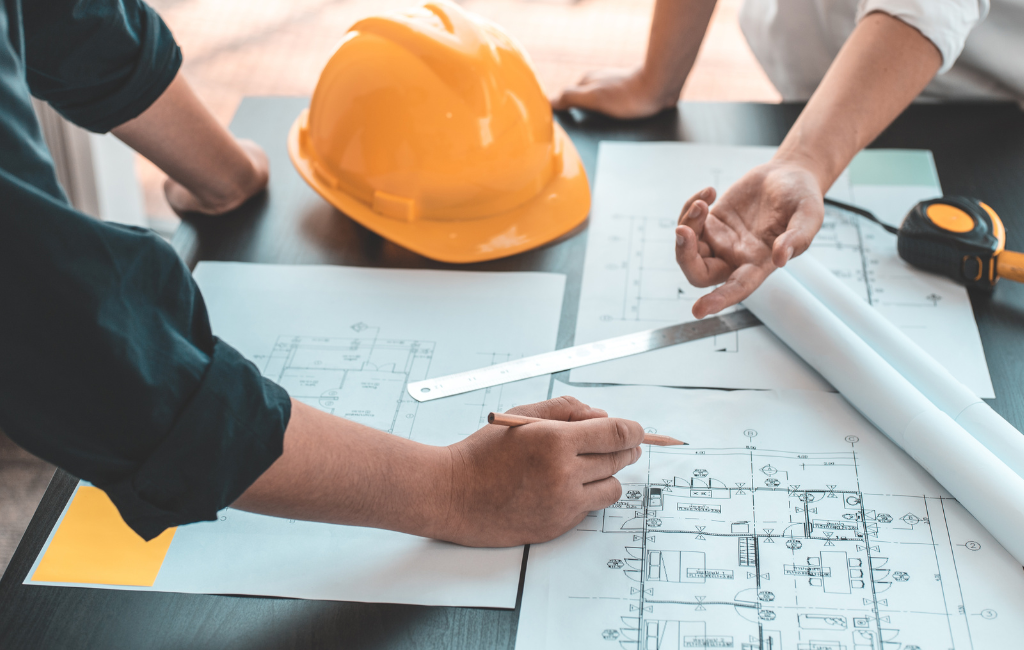Architect Solutions for Sustainable Living
As the world grapples with environmental challenges, the role of architecture in promoting sustainable living has never been more significant. Architects are at the forefront of designing buildings and communities that minimize environmental impact while enhancing the quality of life. This article explores various architect solutions for sustainable living, supported by examples, case studies, and statistics.
Green Building Materials
One of the primary ways architects contribute to sustainability is through the selection of green building materials. These materials are sourced responsibly, have a lower environmental footprint, and often offer better performance.
- Bamboo: Known for its rapid growth and renewability, bamboo is a popular choice for flooring and structural elements.
- Recycled Steel: Using recycled steel reduces the need for new steel production, which is energy-intensive.
- Rammed Earth: This ancient building technique uses natural materials and provides excellent thermal mass.
For instance, the Bullitt Center in Seattle, often dubbed the “greenest commercial building in the world,” extensively uses sustainable materials, including FSC-certified wood and non-toxic finishes.
Energy Efficiency
Energy-efficient design is a cornerstone of sustainable architecture. By reducing energy consumption, buildings can significantly lower their carbon footprint.
Passive Solar Design
Passive solar design involves orienting buildings to maximize natural light and heat from the sun. This reduces the need for artificial lighting and heating.
The Solaire in New York City is a prime example. This residential building uses passive solar design, high-performance windows, and a green roof to achieve significant energy savings.
Insulation and Ventilation
Proper insulation and ventilation are critical for maintaining indoor comfort and reducing energy use. High-quality insulation materials and natural ventilation systems can drastically cut heating and cooling costs.
The BedZED (Beddington Zero Energy Development) in London showcases these principles. It features super-insulated walls and roofs, as well as a natural ventilation system with heat recovery.
Water Conservation
Water scarcity is a growing concern worldwide. Architects can address this issue through innovative water conservation techniques.
Rainwater Harvesting
Rainwater harvesting systems collect and store rainwater for non-potable uses such as irrigation and toilet flushing. This reduces the demand on municipal water supplies.
The Melbourne Convention and Exhibition Centre incorporates a rainwater harvesting system that supplies water for toilets and irrigation, significantly reducing its water footprint.
Greywater Recycling
Greywater recycling involves treating and reusing wastewater from sinks, showers, and washing machines for non-potable purposes. This can cut water usage by up to 50%.
The Omega Center for Sustainable Living in New York uses a greywater recycling system to treat all its wastewater on-site, achieving net-zero water usage.
Urban Green Spaces
Integrating green spaces into urban environments enhances biodiversity, improves air quality, and provides recreational areas for residents.
Green Roofs and Walls
Green roofs and walls are covered with vegetation, which helps insulate buildings, reduce stormwater runoff, and combat the urban heat island effect.
The Bosco Verticale in Milan features two residential towers with over 900 trees and 20,000 plants on their facades, creating a vertical forest that improves air quality and provides habitat for wildlife.
Pocket Parks
Pocket parks are small green spaces in urban areas that offer residents a place to relax and connect with nature. They can be created in underutilized spaces such as vacant lots or rooftops.
The High Line in New York City is a notable example. This elevated linear park, built on a disused railway track, has transformed a neglected area into a vibrant public space.
Smart Technology Integration
Smart technology can enhance the sustainability of buildings by optimizing energy use, improving indoor air quality, and providing real-time data for better decision-making.
Building Management Systems (BMS)
BMS are centralized systems that monitor and control a building’s mechanical and electrical equipment. They can optimize energy use by adjusting lighting, heating, and cooling based on occupancy and weather conditions.
The Edge in Amsterdam, one of the world’s most sustainable office buildings, uses a sophisticated BMS to achieve energy savings of up to 70% compared to traditional office buildings.
Smart Appliances
Smart appliances, such as thermostats, lighting systems, and water heaters, can be programmed to operate more efficiently. They can also be controlled remotely, allowing users to adjust settings based on their needs.
The Panasonic Smart Town in Fujisawa, Japan, integrates smart appliances and renewable energy systems to create a sustainable and resilient community.
Case Studies
Examining real-world examples provides valuable insights into the effectiveness of sustainable architectural solutions.
One Central Park, Sydney
One Central Park is a mixed-use development that combines residential, commercial, and retail spaces. It features extensive green walls and a cantilevered heliostat that reflects sunlight into shaded areas. The building also incorporates rainwater harvesting and a central thermal plant for efficient heating and cooling.
Masdar City, Abu Dhabi
Masdar City is a planned city designed to be one of the most sustainable urban developments in the world. It uses passive solar design, wind towers for natural cooling, and a comprehensive public transportation system to minimize car use. The city aims to be powered entirely by renewable energy.
Conclusion
Architects play a pivotal role in shaping a sustainable future. By incorporating green building materials, energy-efficient designs, water conservation techniques, urban green spaces, and smart technology, they can create buildings and communities that are environmentally responsible and enhance the quality of life. The examples and case studies highlighted in this article demonstrate the potential of sustainable architecture to address pressing environmental challenges and pave the way for a greener future.
